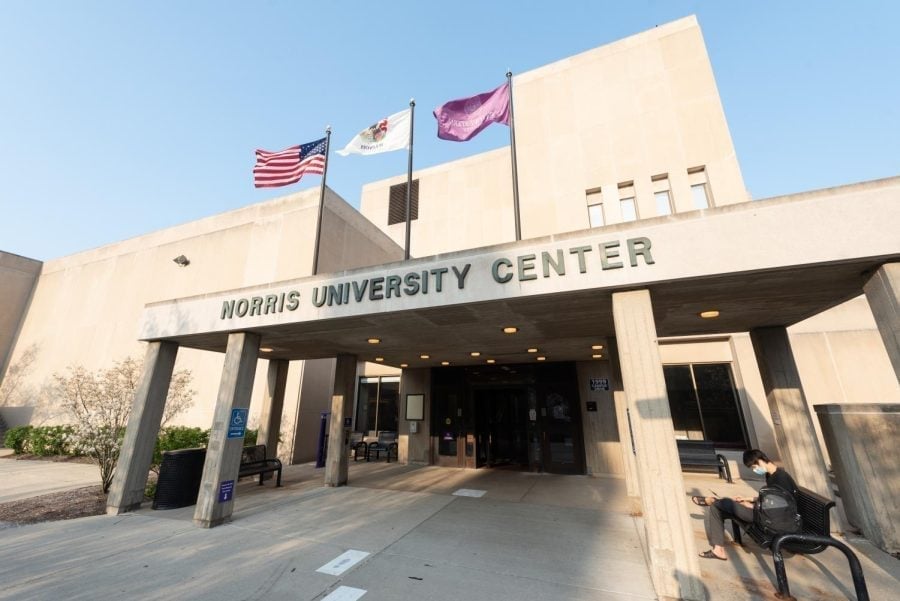
After a quarter of brainstorming and designing, a group of McCormick School of Engineering and Applied Science students has created a temporary prosthetic arm that is being considered for use by a Chicago rehabilitation center.
David Gatchell, a professor of the class said the arm, called The Triumph, was chosen by prosthetist Kelly Lee of the Rehabilitation Institute of Chicago to be the most promising of the prototypes presented by the groups from the Fall Quarter Design Thinking and Communication class, a required course for all McCormick students. Students in the class were asked to help Lee create a less expensive and more adjustable prosthetic limb that is also faster to apply.
Before amputees are given their final prosthetic limb, doctors fit them with a temporary upper limb that used for two to three weeks to test the length and fit. In the past, the temporary limbs were made of plastic and were not adjustable.
“That process — if it’s a simple one — can take four hours,” said Jacob Bruce, a McCormick freshman in the group that designed The Triumph. “Whenever they want to adjust it, they have to break the plastic or fiberglass and start over.”
Bruce and his group members McCormick freshmen Alex Lee, Ellen Zhuang and Elaine Lokken designed The Triumph during the quarter.
Alex Lee said they got their inspiration for the model from a camera tripod. The model is made of aluminum and steel and has three rods that are adjustable in both length and angle.
“We knew it was a challenge coming in,” he said. “We were all really proud of the design.”
Bruce and Alex Lee said it was hours of brainstorming, interviewing those in the field and crafting their prototypes. The group often met with Kelly Lee at the rehabilitation institute to discuss their ideas.
Seven groups of four to five students from the class each created a model arm that solves the rehabilitation institute’s issues with the current technology. The arm will connect with the end of an amputee’s remaining limb and then attach to a terminal device that serves as a hand. All of the prototypes are adjustable and faster to apply.
“It was a very challenging problem to tackle within 11 weeks,” said David Gatchell, the Segal Design Institute professor who teaches the class.
The students presented their projects to professors, peers and employees from the rehabilitation institute at the end of Fall Quarter.
Gatchell said Kelly Lee and her colleagues may decide to improve the design of The Trimph and use it at their center. The Rehabilitation Institute of Chicago has been named the No. 1 Rehabilitation Hospital in America by U.S. News & World Report every year since 1991.
If the institute wanted to patent the device, Gatchell said the students who designed it would be “co-authors” on the patent, which could be sold on the market.
“The fact that students in my section came up with an idea that Kelly thinks can actually revolutionize what she does is pretty incredible,” Gatchell said. “This is an example of a substantive product where patenting can happen.”
Alex Lee and Bruce both said they would be excited if the institute used their design to create the final model they use for amputee patients.
Bruce said it is this kind of emphasis on undergraduate study and real world application that made him want to study engineering at McCormick.
“I didn’t really expect quite how challenging and applicable our project was going to be,” he said. “I feel really lucky to have had such an interesting and intellectually stimulating project.”






